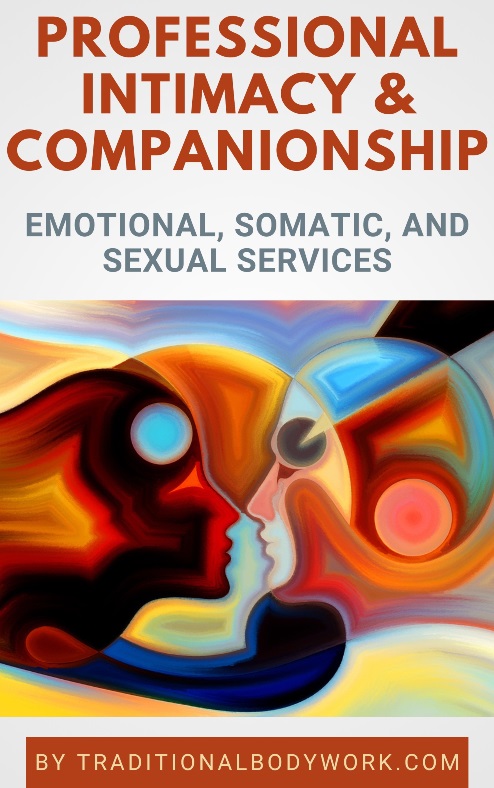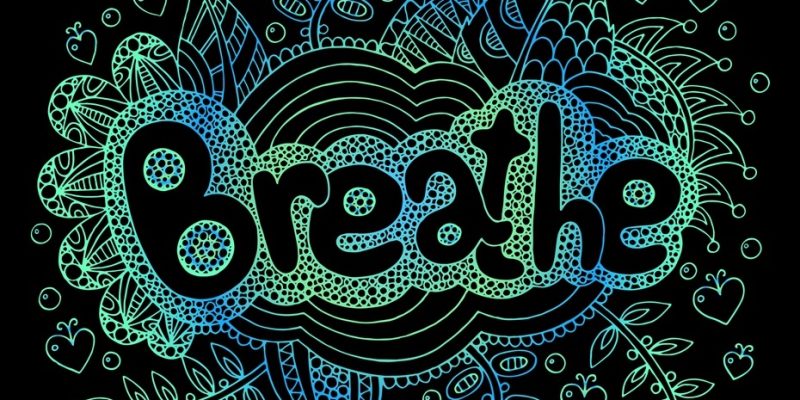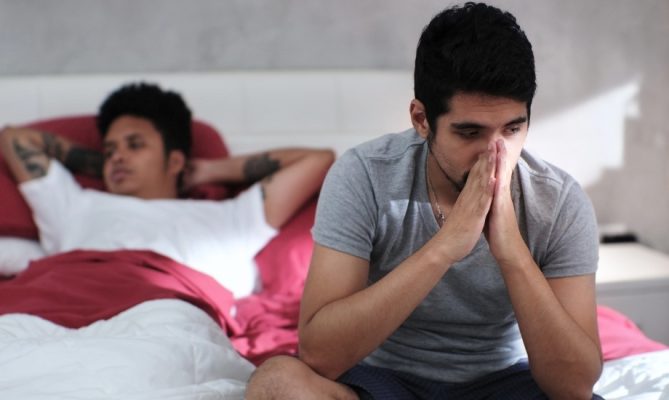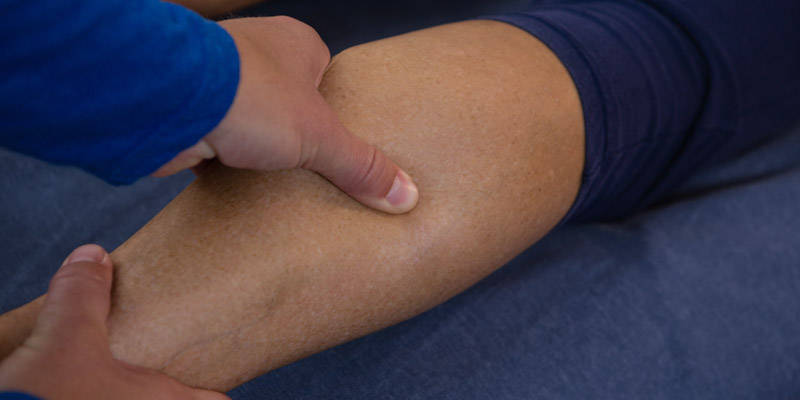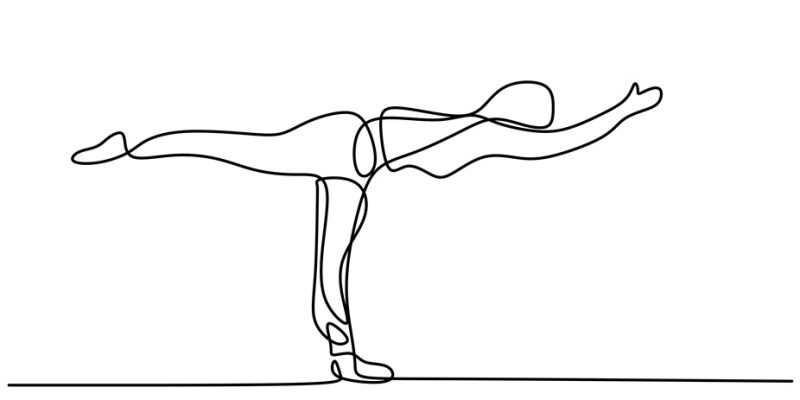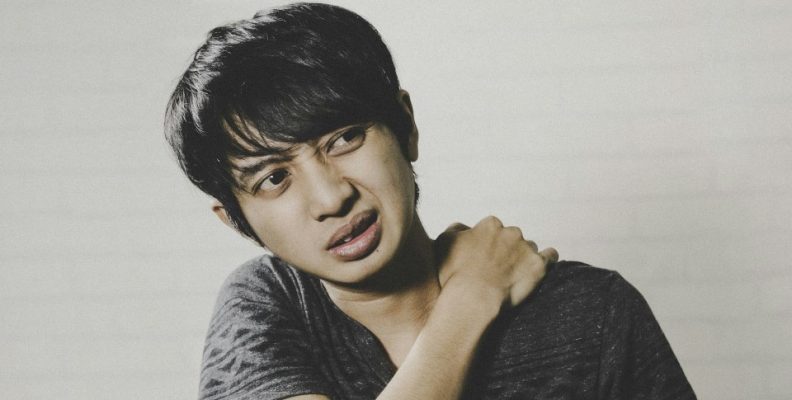
Body Armoring — in British English Body Armouring — is a concept developed by the Austrian physician and psychoanalyst Wilhelm Reich, and a way of explaining subconscious and/or unconscious physical tensions and restrictions in the body as a reaction to suppressed or repressed traumatic emotional and psychological experiences.
His pioneering work led to the birth of what today is known as Body Psychotherapy, Body-oriented Psychotherapy or Somatic Psychology, an increasingly popular field of Mind-Body therapies that aim at healing physical, emotional, and mental injuries and traumas through Talk Therapy, body awareness, massage, bodywork, exercise and movement.
Reich believed that both the repression of our true emotions, feelings, and desires (typically induced by our parents, family, and social surroundings) and the repression or suppression of intense emotions arising from traumatic events in our lives create a “false character,” an emotional defense mechanism i.e. a form of strong emotional resistance, which he called a Character Armor.
Table of contents:
⦿ Body De-Armoring Aims, Techniques, and Benefits
⦿ De-Armoring in Other Healing Systems
Body Armor and Armoring
According to Reich, this Character Armor not only creates psychological protection mechanisms, but also reflects itself physically as a Body Armor (also called Muscular Armor or Emotional Armor). This Body Armor (also written Body Armour) is thought to be created autonomously and unconsciously as a physical reaction to emotional events.

That is, during sudden or prolonged periods of intense stress, distress and anxiety, our muscles and other tissues in the body tend to contract, tense-up, become spastic, posture becomes rigid, stress hormones are released (such as adrenaline and cortisol), breathing becomes rapid, shallow and agitated, and in fact, it puts our autonomic Sympathetic Nervous System in a flight-or-fight mode. A person may also get into freeze mode, being a state of immobilization.
A body that’s in flight-fight-or-freeze mode, that is, survival mode, (temporarily) overrides the turmoil of emotions and their disruptive mechanisms, and is better able to handle the challenging circumstances at hand for its own basic physical survival.
Nevertheless, when people are not able to resolve or digest the emotions or traumas which are responsible for the body’s survival mode, the body (or parts of it) tends to stay in its “protective state,” hence the term “Body Armor” or “Muscular Armor.” Moreover, new trauma or memories of past trauma can strengthen one’s Body Armor.
Reich’s research on body armoring posited that there are seven specific muscle segments or areas where armoring may take place across the body — the so-called Theory of Segmental Armouring — forming seven rings in a horizontal fashion on the ocular, oral, cervical, upper thoracic, diaphragmatic, abdominal and pelvic level of the body.
Now, what’s important to realize here is that although the Character Armor and Body Armor are intimately related, the first actually producing the second, they also tend to “live their own lives.” It means, for instance, that even if people, maybe later in life, have been able to psychologically or intellectually resolve trauma or certain (false) character patterns, the body may still keep (parts of) its own protective shield and make people feel uneasy or distressed often without them knowing why.
As the Body Armor actually overrides emotions that may make us vulnerable or ineffective to the challenges that arise on the moment(s) of intense stress, it can create a persistent buffer between our day-to-day conscious awareness and inner emotional feelings and desires if that Body Armor continues to stay in place.

A body (or body parts) that is chronically tensed, contracted, numb, or disconnected may cause a range of problems of its own, such as restricted blood circulation and energy flow, inhibited breathing, muscular and joint pains, insensitivity, the inability to fully relax, enjoy life and one’s sexuality, the incapacity to express oneself emotionally, internal organ restrictions and (partial) organ dysfunction, a feeling that “something in some way is wrong,” and so on. This again can cause emotional issues and can bring people in a vicious circle.
Body Armoring can manifest itself through the entire body, in various body parts, and it depends much on the type of emotions that are repressed or suppressed, and the individual person’s constitution, background, and coping mechanisms what parts are affected and in what intensity.
For instance, tension and constriction in the shoulder and neck area maybe a result of unconsciously “carrying” or “shouldering” emotional load of oneself or others; shallow breathing may still reflect the flight-or-fight survival mode and continued anxiety; hunched shoulders may be an armor put in place to shield and withdraw oneself from the “terrifying” world; tightness, rigidness, numbness, or pain in the pelvic and genital area may be the result of sexual repression or suppression, sexual shame and guilt, or past sexual trauma.
Body De-Armoring Aims, Techniques and Benefits
Reich proposed that apart from Psychotherapy (Talk Therapy or mind-work), one should also work with the patient’s body (body-work), that is, dissolve their Body Armor in order to help them heal from trauma, and attain physical, emotional, and sexual health. This type of body-work or therapy is today known as Body De-Armoring (also called Somatic De-Armoring or Emotional De-Armoring), but by Reich it was first developed as what he called Vegetotherapy (Orgone Therapy).

De-Armoring then applies somatic practices such as breathwork, massage, stretches, mobilization, touch, deep pressure, acupressure, exercises, dance, movement, and simulations or roleplay to release the person’s physical tensions, constrictions, and/or numbness to subsequently release and heal the unconscious and/or conscious emotional hurt, usually through a form of Catharsis.
The idea is that by working with the body, the person not only becomes aware of their own physical and physiological states and what they result in, but also of the traumas and/or unresolved emotional issues underlying those and the form their Character Armor has taken, which is all considered a first important step to emotional healing and health.
In addition, by releasing bodily and organ tensions, contractions, and adhesions through somatic techniques the client can also get rid of physical pains, discomforts and disorders, reduce overall stress levels, open up and improve their blood and lymph circulatory and immune system, and give room for the free flow of energy through their bodies.
The improved flow of energy through the body also leads to improved vitality, increased physical and mental energy, better focus and concentration ability, unlocked creativity potential, and feelings of general wellbeing. An “unblocked” person then is much better able to explore their full potential and can actually grow emotionally, mentally, and spiritually.
De-Armoring in Other Healing Systems
Although Wilhelm Reich is credited with Body Armoring and De-Armoring theory and somatic therapy, it’s actually a practice already performed in other healing systems, notably in ancient traditional healing modalities, such as in Tantric and Taoist practices, and in Traditional Chinese Medicine (TCM).

Especially Eastern healing, spiritual, and wellness systems have always worked holistically with people, fully recognizing the body-mind interconnection, and have typically treated patients simultaneously through body and mind.
In Taoism and TCM, the idea that the state of the skin, body tissues, and internal organs reflect emotional issues is an old concept, which expresses itself in several Chinese client assessment techniques in which the Chinese expression “determining the internal disturbance by observing external signs” is a perfect example of a holistic approach.
For instance, in TCM, health problems of the liver are seen as a sign of unresolved anger issues, and health conditions of the lungs are thought to be connected to grief, suffering, or suppressed disappointments, among other things.
Another example: in the Taoist Sexual Practices, the prostate is considered to be connected to male sexual emotions. It’s thought that sexual trauma and other negative sexual experiences may affect the prostate physically, subsequently inhibiting healthy prostate function and a healthy sexual life.
In Tantra, we can observe that Tantric practices have traditionally occupied themselves deeply with body and mind, working therapeutically with both on all levels of human function, including the somatic genital and sexual level. Much in Tantra aims at liberating people from both physically restrictive and emotionally suffocating inhibitions in order to attain physical, emotional, mental, and spiritual health and happiness.



